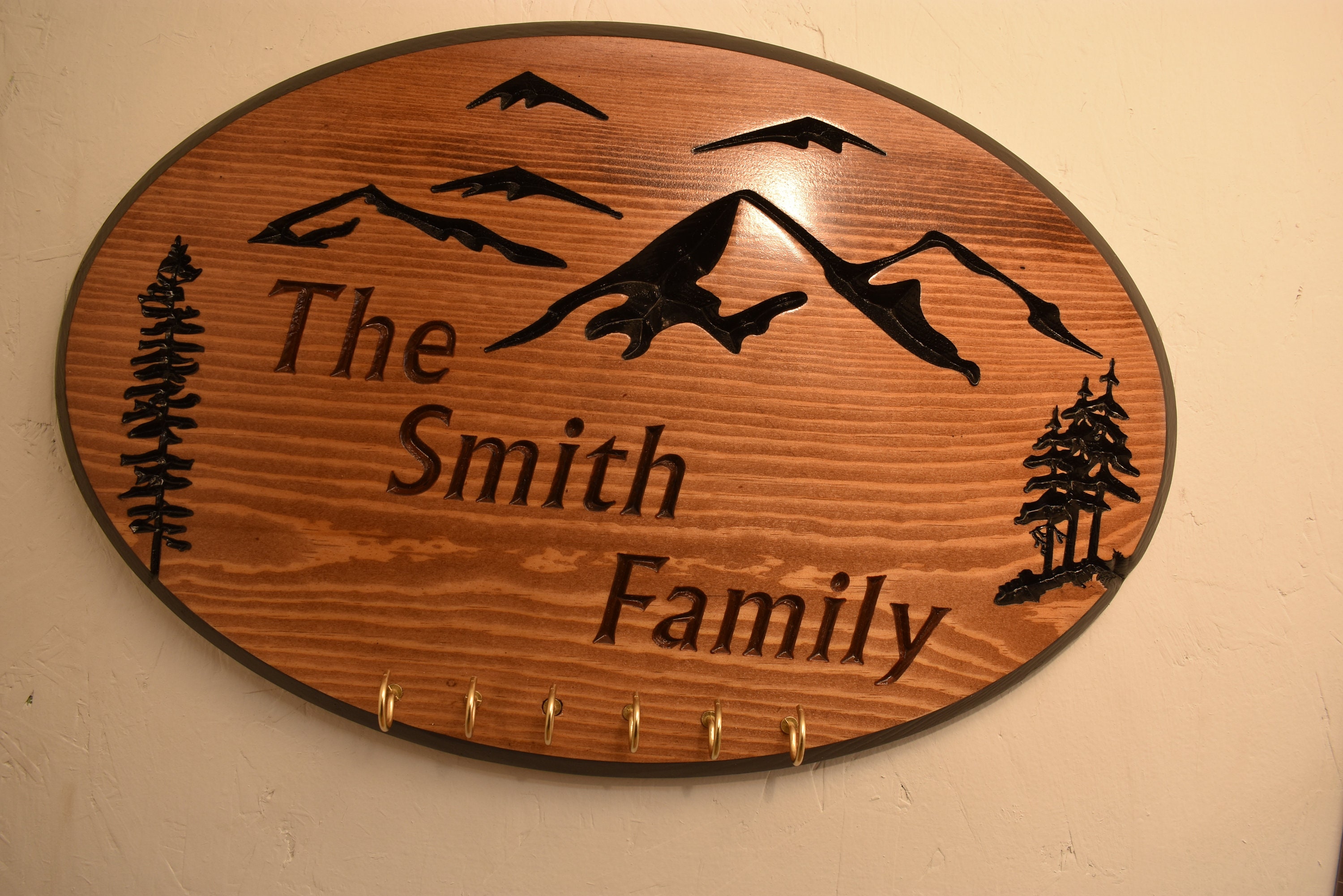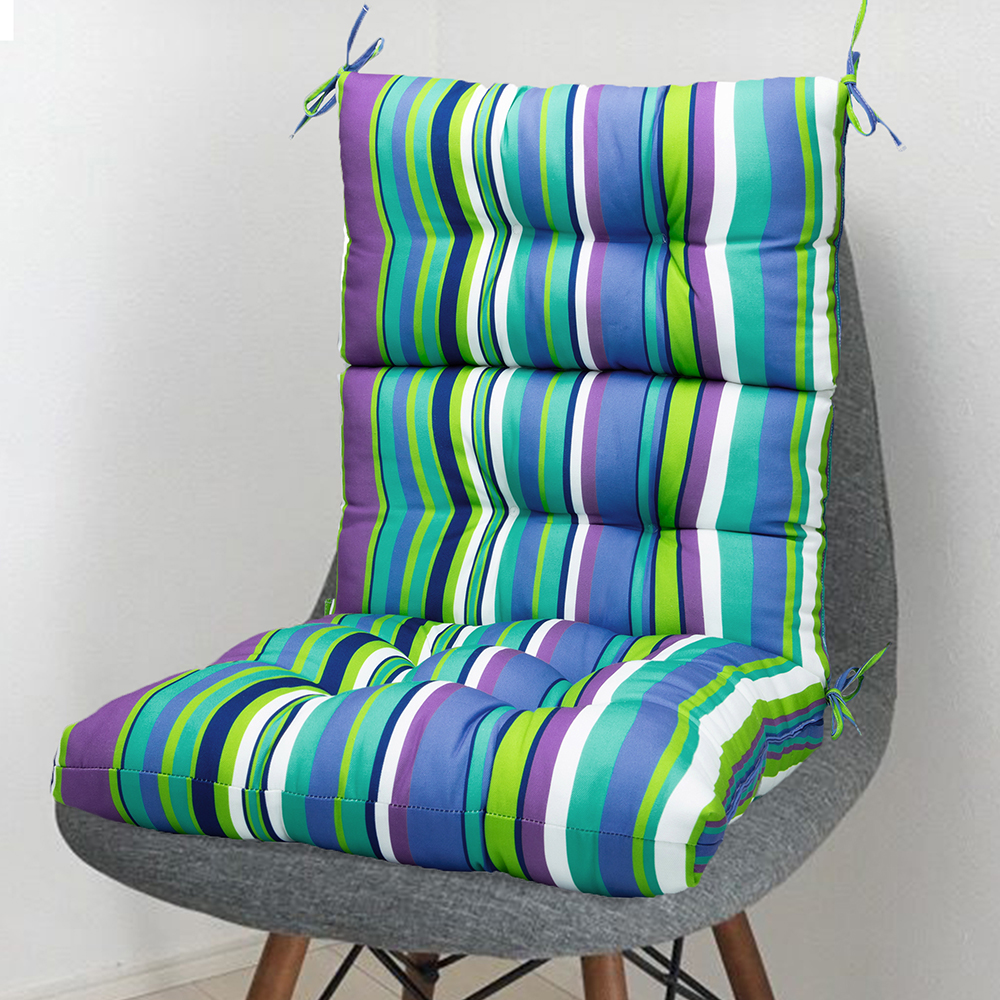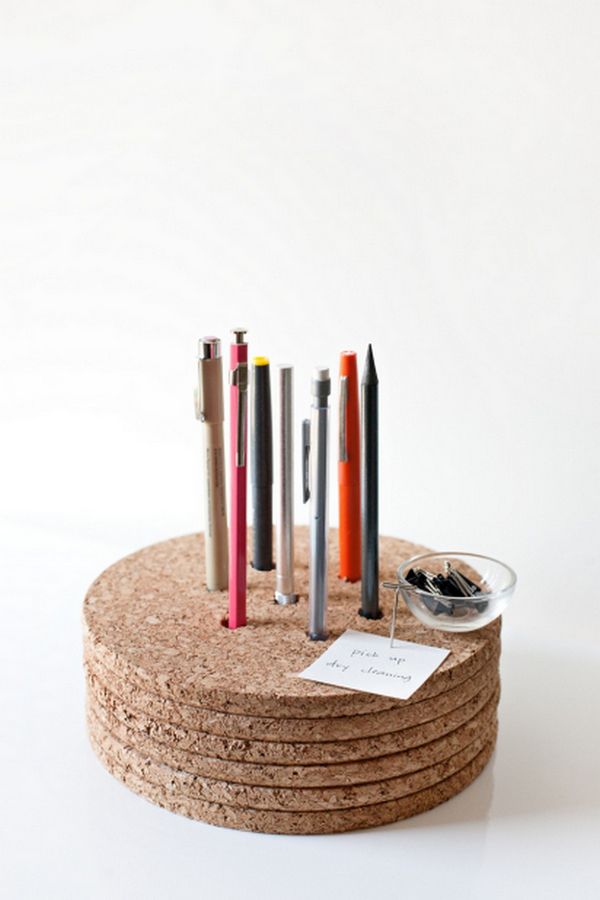Crafting Your Way to Success: How to Sell Handmade Wooden Key Holders
Hey there, fellow crafters! So you've got a knack for woodworking and a passion for creating beautiful, functional pieces. You've probably already crafted some stunning key holders that your friends and family adore. Now, you're ready to take your craft to the next level and sell your creations to a wider audience. But where do you begin? How do you turn your woodworking passion into a successful business?
Don't worry, we're here to guide you through the exciting journey of selling handmade wooden key holders. We'll cover everything from crafting the perfect pieces to finding your ideal market and building a brand that resonates with your customers. So grab your favorite woodworking tools, get comfy, and let's dive in!
Crafting Key Holders that Stand Out: Your Wooden Masterpieces
Before you can start selling, you need to create key holders that truly wow your customers. Here are some tips to help you craft pieces that are both beautiful and functional:
Embrace Unique Designs
In a crowded marketplace, you need to stand out. Think outside the box with your designs. You can incorporate different wood species for a visually interesting contrast, experiment with unique shapes and sizes, or add decorative elements like metal accents, leather straps, or engraved details.
Quality is King
Invest in high-quality wood and finishes to ensure your key holders are durable and long-lasting. Carefully select wood species that are known for their durability and beauty, such as oak, walnut, maple, or cherry. Consider using a clear protective finish that enhances the wood's natural grain while providing a layer of protection.
Consider Functionality
Don't forget the practical side of your key holders. Design them with ample space for keys and other small items. You can add hooks for holding dog leashes, small pockets for storing cards or spare change, or even a built-in charging station for mobile devices.
Embrace Personalization
Offering personalized key holders can be a great way to add a touch of uniqueness and appeal to a wider audience. You can engrave names, initials, or special messages onto the wood. You can even offer custom designs based on customer preferences, such as incorporating family crests, company logos, or special symbols.
Finding Your Niche: Who are Your Ideal Customers?
Not everyone is looking for a handcrafted wooden key holder. So, who are you trying to reach with your creations? By defining your target audience, you can tailor your marketing and sales strategies to resonate with the right people.
Home Decor Enthusiasts
These customers appreciate the beauty and craftsmanship of handmade items. They're drawn to unique and stylish pieces that complement their home decor. For this audience, focus on showcasing the beauty of the wood grain, offering a range of stylish finishes, and highlighting the artistic aspects of your key holders.
Practical Minimalists
These individuals value functional and minimalist designs. They appreciate clean lines, simple shapes, and a focus on quality materials. For them, highlight the durability and functionality of your key holders, emphasizing the use of high-quality wood and sturdy construction.
Gifting Seekers
Many people are looking for thoughtful and unique gifts. Your handcrafted key holders can be a perfect choice for housewarming parties, birthdays, or special occasions. Highlight the personal touch and sentimental value of your creations. Offer gift wrapping options and personalized engravings to make your key holders even more special.
Building Your Brand: Creating a Consistent Presence
Once you've crafted some incredible key holders and identified your ideal customers, it's time to build your brand. Your brand is your unique identity, representing your values, style, and what makes your work stand out. Here's how to build a brand that resonates with your customers:
Choose a Brand Name
Your brand name should be memorable, easy to pronounce, and reflect your unique style. Consider using words related to wood, craftsmanship, or the feeling you want your brand to evoke. For example, "The Woodworker's Nook" or "Handcrafted Home."
Develop a Brand Identity
This includes your brand logo, color palette, fonts, and overall visual style. Your brand identity should be consistent across all your marketing materials and online presence. A strong brand identity helps build recognition and trust with your customers.
Craft a Compelling Story
Why do you make wooden key holders? What inspires you? What makes your creations special? Share your story with your customers. It adds a personal touch and allows them to connect with you on a deeper level.
Marketing Your Crafts: Getting Your Key Holders Seen
Now that you have your beautiful key holders and a strong brand, it's time to get them in front of your target audience. There are numerous ways to market your handcrafted creations. Here are some effective options:
Online Marketplaces
Platforms like Etsy, Amazon Handmade, and Shopify allow you to reach a global audience. Create professional product listings with high-quality photos and detailed descriptions. Engage with customers, respond to inquiries promptly, and provide excellent customer service.
Social Media
Instagram, Facebook, Pinterest, and TikTok are great for showcasing your work. Share behind-the-scenes glimpses of your creative process, post stunning photos of your finished key holders, run engaging contests, and collaborate with other artists.
Local Craft Fairs and Markets
Participating in craft fairs and markets allows you to connect with customers in person, showcase your work, and receive valuable feedback. Prepare a well-organized booth with eye-catching displays and informative signage.
Collaborate with Other Businesses
Partner with local shops, home decor stores, or interior designers to sell your key holders. This can expand your reach and introduce your work to new customers.
Pricing Your Creations: Finding the Sweet Spot
Setting the right price is crucial for your business success. You want to price your key holders competitively while still making a profit. Consider the following factors when determining your prices:
Cost of Materials
Calculate the cost of your wood, finishes, hardware, and any other materials needed to create your key holders.
Labor Costs
Don't underestimate the value of your time and skill. Factor in the time spent designing, crafting, and finishing your pieces.
Market Research
Research what similar handcrafted key holders are selling for online and in local markets. This will give you an idea of the current price range.
Profit Margin
Aim for a healthy profit margin that allows you to cover your costs, reinvest in your business, and earn a reasonable income.
The Key to Success: Consistency and Passion
Selling handmade wooden key holders is a journey, not a sprint. It takes dedication, hard work, and a genuine passion for your craft. Here are some final thoughts to keep in mind as you embark on this exciting adventure:
Be consistent: Continuously create new designs, keep your online presence active, and engage with your customers regularly. Embrace feedback: Listen to customer feedback, and use it to improve your designs, your business practices, and your overall customer experience. Never stop learning: Stay up-to-date with industry trends, explore new woodworking techniques, and constantly challenge yourself to create even more stunning pieces. Enjoy the process: Remember why you started crafting in the first place. Let your passion for woodworking shine through in your creations. By following these tips, you can build a successful business selling your handmade wooden key holders. You'll create beautiful, functional pieces that bring joy to your customers and make a living doing what you love. So, grab your tools, unleash your creativity, and get ready to craft your way to success!




















